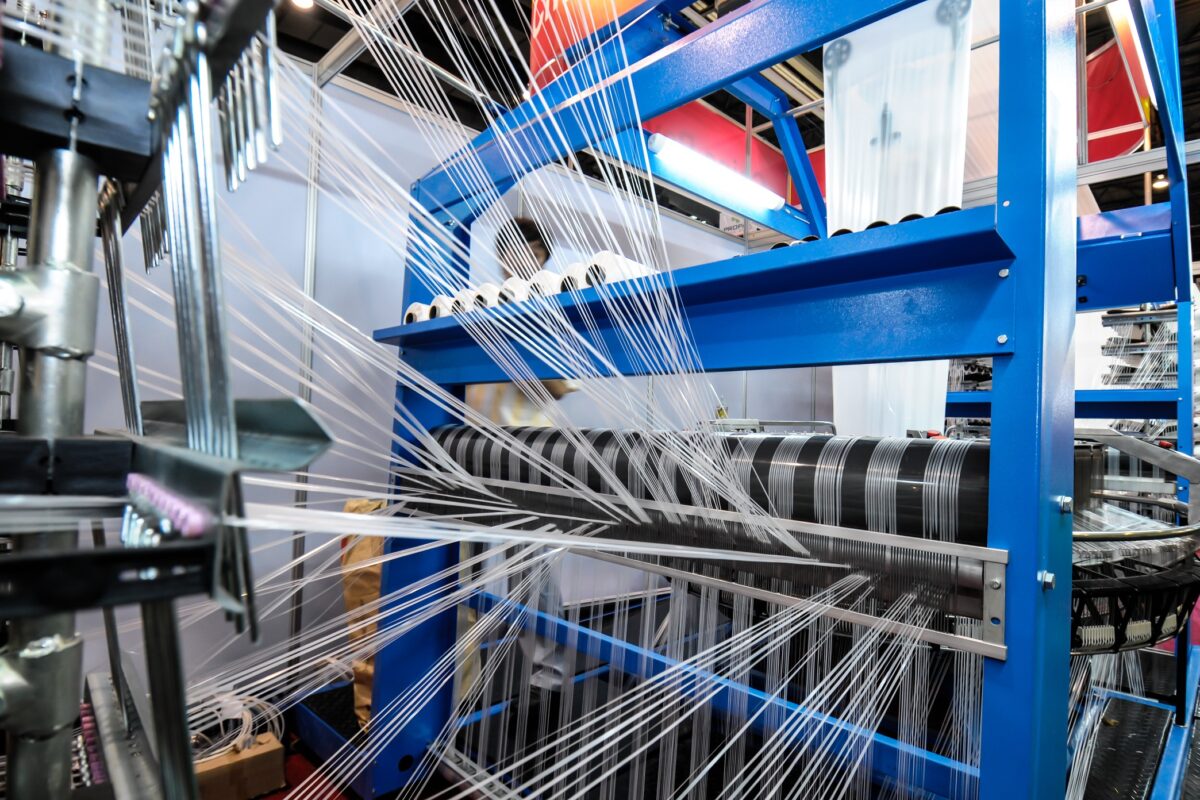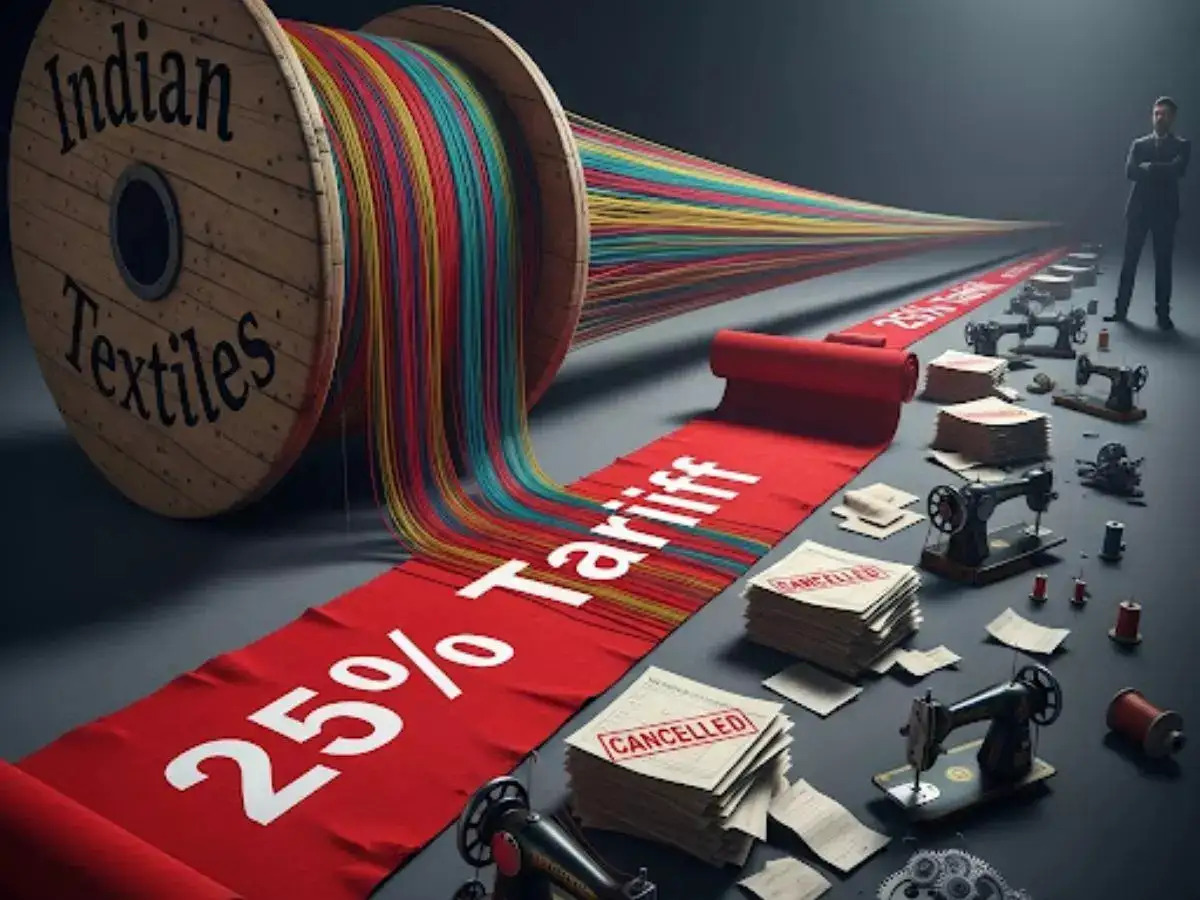FW
Germany-based Südwolle delivers transseasonal performance and sustainability from wool for the sports and outdoor industries. The company is regarded as a global leader for worsted spun yarn for weaving, circular and flat knitting in pure wool and wool blends. It produces approximately 60 per cent in Europe and 40 per cent in Asia. It does not weave or knit but is a spinning, dyeing and treatment specialist. Being experienced in a broad variety of technologies, it has the same quality standards in all its facilities worldwide – from Germany, Italy, Poland, Rumania and Bulgaria to China.
The group produces 15 collections including Südwolle for weaving, Biella yarn for flat knitting and Stöhr for technical yarns. Südwolle offers a comprehensive stock service on pure wool and blended yarns. Sustainability is a key factor within the Südwolle group. Its yarns have latest eco certifications including Bluesign and Oeko-Tex standards.
Sudwolle blends wool with a broad range of other fibers –mohair, alpaca and silk to polyamide, viscose and aramids – to enhance its natural properties and be able to have a solution for every customer’s inquiry. Especially for sports and outdoor the company has developed great high performance yarns by blending merino with cordura, thermocatch or trevira performance polyester.
For the half year, Coats’ revenue was up five per cent. There was a strong growth of seven per cent in the industrial division across both apparel and footwear (five per cent) and performance materials (18 per cent). Adjusted operating profit was up 14 per cent with group revenue growth further underpinned by margin increase across both industrial (50 basis points) and crafts (260 basis points).
Coats is the world’s leading industrial thread manufacturer and a major player in the Americas textile crafts market. Return on capital employed increased 400 basis points to 34 per cent mainly as a result of higher profitability. There was good operational progress on identified focus areas of simplification, innovation and enhancing digital capabilities.
The company has continued to increase its market share in the apparel and footwear segments. It has had a customer-led approach to innovation, digital solutions and corporate social responsibility. It continues to leverage its global footprint and customer base in performance materials business, develop new product solutions for customers, and sees a good contribution from Gotex business which was acquired in 2016. Coats’ strong cash generation allows it to service various stakeholder capital demands, while allowing for increased investment in its existing asset base which is scheduled in the second half of the year.
Between fiscal year 2016 and 2017 Pakistan’s textile exports fell two per cent. Although raw cotton, cotton yarn and cotton cloth saw a decline, there was an increase in shipments of knitwear, bed wear and readymade garments. Exports to the US fell one per cent, China fell 15 per cent and to the UK 0.6 per cent. On the other hand, exports to Germany, Belgium and the Netherlands increased.
The GSP Plus status awarded by European Union to Pakistan may have averted a decline in exports to the 28-nation bloc. Similarly, exports to Turkey rose 16 per cent and shipments to Thailand increased more than 40 per cent. Exports to Indonesia and South Korea too went up more than 21 and 34 per cent respectively.
Readymade garment exports from Pakistan increased by 5.55 per cent as compared to the last financial year. Bed wear exports 1grew 5.65 per cent and exports of carded or combed cotton grew 62.7 per cent. However, exports of knitwear decreased by 0.07 per cent while that of towels fell by 2.4 per cent.
Readymade garments export from July to May 2016-17 grew by 4.10 per cent as against the same period of last year. Garments worth $2.073 billion were exported during the last 11 months of financial year 2016-17. However, textile group exports during the last 11 months of financial year 2016-17 saw 1.98 per cent negative growth.
The entire textile chain is being helped to adopt and upgrade to new technologies by the government. Funds have been allotted to carry out research activities and bring about a qualitative improvement through industry-academia linkages. A textile corner will be set up which will provide guidance and awareness to exporters to adopt new technologies in order to improve the quality of their products. It will also help in sensitizing manufactures to promote value addition and boost profit from their exportable surplus. The textile corner is meant to bridge the gap between industry and academia. Funds have been allotted to carry out research activities and bring about a qualitative improvement in industry-academia linkages.
New York Fashion Week will be held from September 7 to 15, 2017. It will be led by headliners Calvin Klein, led by Raf Simons, and Tom Ford. Alexander Wang, Victoria Beckham, Public School, and Opening Ceremony are among the designers and brands that will be present.
Plus size brand Torrid will present during the week for the first time. The brand makes cute, super wearable and affordable clothing for sizes 10 to 30. This is the first time in many seasons that a plus-size brand and plus-size models will have their own stage at NYFW, smack dab in the middle of the style world's most watched event. Torrid will be casting ten models for the show.
September also marks the end of the fashion week’s partnership with Skylight Clarkson Square. Fashion presentations and runway shows were held at the venue since 2015, and following September, there will no longer be a home base and the shows will be decentralized.
The inclusion of Rochambeau goes back to the New York City-based brand’s previous show time when it was part of the women’s schedule, before joining the men’s schedule exclusively.
New York Fashion Week is held in February and September of each year.
Indonesia's textile and garment exports increased 0.62 per cent in the first half of 2017. A 20.4 per cent rise in knitwear garment exports contributed significantly. However, the country noted a decline in exports to major markets such as the US, the EU and Japan by 3.6 per cent, four per cent and five per cent respectively.
The boost in exports is said to be a result of the introduction of automated processes in textile and garment manufacturing. Automation has made exporters even more competitive in pricing and delivery, thereby boosting the country's exports.
The country is aiming to attract foreign importers with improved economic and political stability. This could, in turn, be a deciding factor in reinforcing Indonesia's position in the textile and garment industry. The target is to increase textile exports by 1.7 per cent in 2017. Indonesia's textile and textile product exports grew three per cent from January to February this year.
The country's clothing and textiles are exported mainly to the United States, Japan, Turkey, China, and Germany. There is high demand for Indonesian batik and other traditional Indonesian fabrics. Indonesia is one of the largest textile and apparel producers in the Asean region. The industry employs approximately 17 per cent of the country's workforce and contributes significantly to the country's economy.
Protests greeted negotiations for the Regional Comprehensive Economic Partnership (RCEP) which took place in Hyderabad recently. Trade unions and civil society organizations joined forces to voice their concerns. They consisted of some 600 people across India representing trade unions, farmers, agricultural workers, patient groups, public health activists, NGOs, street vendors, human rights activists, academics and many others. They shared concerns from the respective sectors, strongly criticized the limited space created for stakeholder intervention and called for transparency and a democratic process.
They opposed the investor state dispute settlement provisions as they shift the rules of the global economy in favor of corporations and against workers. RCEP is a proposed mega regional free trade agreement currently being negotiated by 16 countries including Asean members and their six FTA partners namely India, China, Australia, Japan, South Korea and New Zealand.
The 16 RCEP participating countries account for almost half of the world’s population, almost 30 per cent of global GDP and over a quarter of world exports. RCEP negotiations consist of roughly 23 chapters and aim to rewrite trade and regulatory rules in areas including agricultural and industrial goods, investment, intellectual property rights, services, competition policies and e-commerce.
For the first half of 2017 Kering’s revenue was up 26.5 per cent year-on-year on the back of healthy demand for luxury in mainland China and Western Europe. Kering is a French luxury group with brands like Gucci, Yves Saint Laurent and Puma in its fold. But Gucci was a particular star as it makes up over half of Kering’s profit—the Italian fashion house’s second quarter results were strong, with a 39.3 per cent growth.
In Western Europe, where Chinese tourists have been returning in droves since the beginning of this year, comparable sales growth in the first half was at 66.2 per cent for Gucci. The brand witnessed the second biggest growth in half-year sales in the Asia Pacific region at 51 per cent, with mainland China witnessing a 50 per cent growth in revenue.
In a sign that strong sales could continue in mainland China, Gucci made its official China website into an e-commerce portal for Chinese consumers earlier this month. The new site intertwines creative content marketing with online shopping, letting customers use Chinese payment systems like WeChat and Alipay.
The brand launched its e-commerce platform in other key markets in the first half of this year, and online sales rose by over 60 per cent during this period.
Designers are turning to 3D printing to create collections. Israel’s Danit Peleg is one such designer who offers a customized, 3D printed bomber style jacket as the first commercially available 3D printed garment.
The jacket is printed with a flexible, rubber-like material and has a silky fabric lining that makes it comfortable to wear. The jacket’s serial number is 3D printed on its label. This is the first ready-to-wear 3D printed jacket. It’s printed in Spain and assembled and shipped from Israel. It’s the first step in the journey to a 3D printed world. Thanks to this revolutionary technology, every piece is unique, made to measure with a customer’s own customizations and its production process produces zero waste.
Peleg is known for her 3D printed fashion work. Her collection has made waves in the fashion and tech worlds. Her first collection included five looks which were entirely 3D printed using desktop printers that can be used from home.
In future, as technology improves, Peleg envisions a world where anyone will be able to buy files and print clothes at home or at a designated store. She is passionate about challenging the ecosystem to develop new materials, new printing techniques, and new software breakthroughs.
Gaurav Gupta’s couture collection inspired from the “sculptures found in the realm of a mythological forest”, with actress Aditi Rao Hydari as showstopper was the finale at the latest India Couture Week (ICW). As per Gupta, the collection has been inspired by nature, forest and like a parallel world which is happening on the moon in a fairytale way.
It is all these art like sculptures made into garments which are wearable sculptures. It’s just about celebrating fantasy, Gupta explains. He believes India has couture “thriving” as it is one of the places in world which consumes couture. It’s only been consumed in India or the Middle East.
Using his signature fabrics like chiffon, crepe, tulle, net and lace, the collection had pieces with exaggerated shoulders, fishtail gowns, and body hugging dresses and much more in colours like grey, blue and green. Gupta said many of the brides he designs for wear gowns on their special day, or go for an amalgamation of a gown with something Indian. There are new silhouettes, colours and a lot of experimentation within that and nowadays brides only wear bridal on their wedding day, for the rest of the days it is new global couture.












